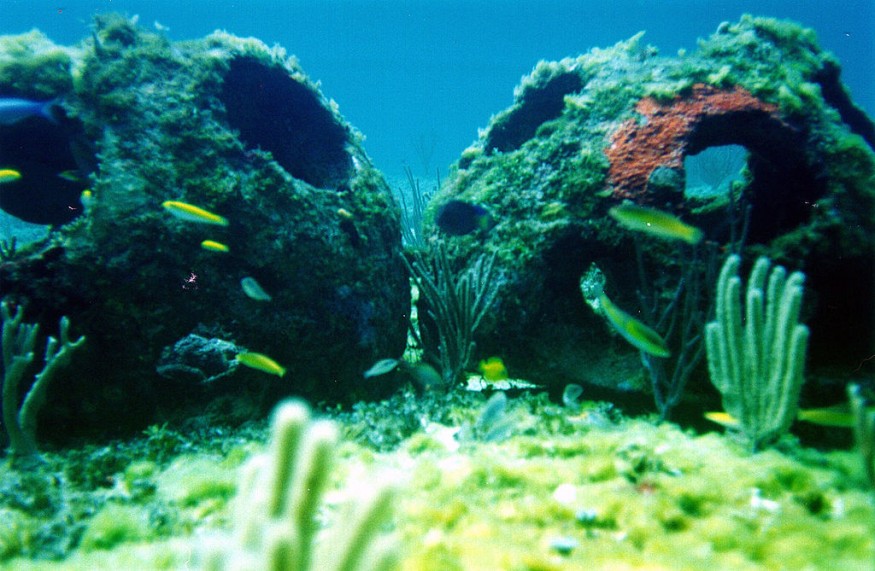Many parts of the ocean are still unexplored, including a wide variety of strange underwater life that scientists have barely begun to understand. In fact, some of these can be so bizarre that common names for them are elusive.
Such is the case of Ramisyllis multicaudata, a very peculiar sea worm with various segments that each has its own set of rear ends. Though as silly as that sounds, it may not appear that way to the common eye.
In fact, the most amazing thing is that they do not appear to be worms at all, but look more like white filigree coming out of many of north Australia's resident ocean sponges. (Of course, similar species have been found near the Philippines.)
Symbiotic connection between sea worm and sponge

Biologists studying the species eventually concluded that the worm has at least a symbiotic relationship with its host. Its strange structure is unusually well-fitted for the internal network within a sponge's body.
The weirdness does not stop there though. Microscopic close-ups reveal that this worm does indeed have a head (and its buried somewhere deep within its host). Stranger still is the fact that each segment of its body actually has its own set of digestive organs. And when the worm grows, it splits the pathways of this digestive system with each new segment, thereby creating more of its branches.
This fascinating specimen has been a first of many things. It is the only animal to ever have this many naturally branching parts in its anatomy. It also reproduces in a rather alien-like fashion as well. A portion of its body, called a stolon, would actually develop its own eyes and brain while containing its batch of reproductive material. When the time comes to breed, the solon snaps off and seeks out others for mating.
Also read : Snake Worms Spread All Over 15 US States
Branched sea worm still full of mysteries
Still, mapping out a detailed structure of this worm's anatomy has only been the beginning. Since its discovery in 2006, researchers greatly struggled with its small size and fragility, as well as extracting them from their host sponges.
It took nearly six years, along with many advancements in microscopy, before biologists could finally scope out the entirety of a specimen's body. Despite that, this is only considered a picture of the branched worm's inner workings.
They still have a less accurate idea of how most of it functions for the creature's survival (at last, outside the basics of growth and reproduction). Its diet and manner of eating are still a big mystery. One could guess that it feeds along with the sponge as it sucks up water and feeds on the incoming nutrients. Even less can be said about exactly what role it plays in the life cycle of its host sponge (and how that, in turn affects the sponge's influence on the reef environment). Thus, only time will tell just how this mysterious sea worm came to be, and what it may say about other mysterious life forms deep in the ocean.
Also read: Terrifying Fossils of 'Larger-Than-Humans' Giant Sandworms Found in the Ocean!
© 2026 NatureWorldNews.com All rights reserved. Do not reproduce without permission.





